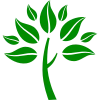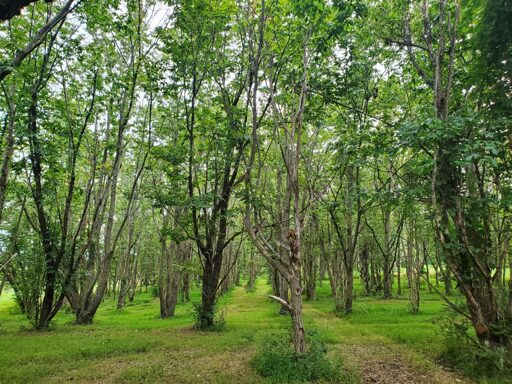A Meadowview, Virginia, research center spearheads the effort, and more than a dozen experimental, large-plot plantings on state public lands have not only survived but reached maturity. Lesesne State Forest in Nelson County, for instance, holds about thirty acres of natural, second-growth woods anchored by seventy-foot-tall American chestnut trees that are more than sixty years old—and produce delicious wild nuts that few living people beyond foresters and researchers have ever tasted.
“We don’t go out of our way to advertise this fact,” says Scrivani, “but the public can now hike in and walk through natural groves of healthy [American chestnut trees] and forage for nuts for the first time in nearly a century.”
My grandparents remembered the local extinction of American chestnut trees. They still had other nut bearing trees (pecan and hickory), but they missed the chestnuts. They’re gone but my family still lives in the same place, and I’d love if they could add chestnut trees to the other trees on their property some day soon.



